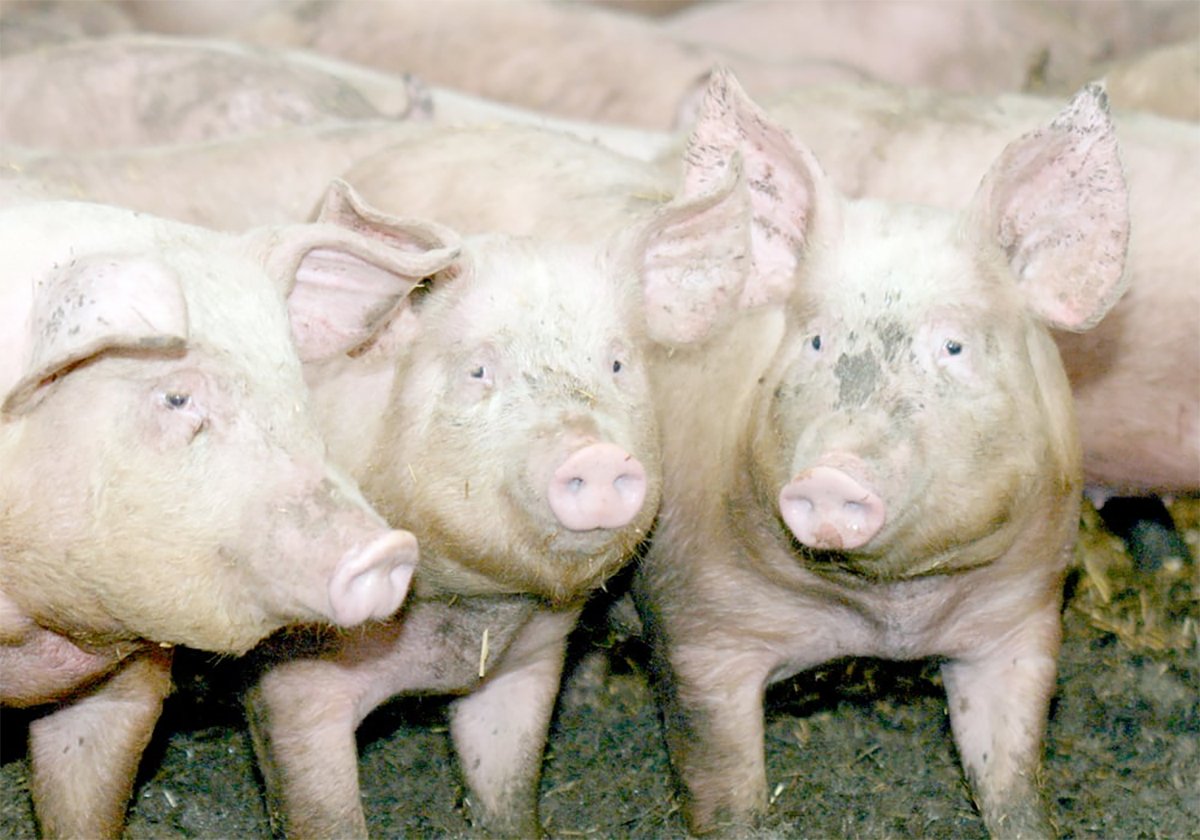PLATTEVILLE, Colo. – The heifers at Ben Houston’s farm look like Las Vegas showgirls. Each one is perfectly formed and indistinguishable from the one beside her.
Leaning on a sorting stick, Houston explains the history of every bull and female on his ranch to a group of visitors from the National Cattlemen’s Beef Association. He has memorized the sires, knows how they perform and can predict the outcome of their progeny.
Behind his quiet persona is a relentless drive for perfection. Black cattle from Aristocrat Angus win in the show ring and receive top grades for quality meat.
Read Also

The Western Producer Livestock Report – November 13, 2025
Western Producer Livestock Report for November 13, 2025. See U.S. & Canadian hog prices, Canadian bison & lamb market data and sales insights.
In this family, constant genetic improvement that combines technology with good cow sense has paid the way for Ben and Anita who raised four children on this ranch north of Denver. Now grown, all the children are actively involved in the ranch.
The key to success for them is simple.
“We were commercial people who got purebreds to improve our herd,” said Houston. Improvement includes relentless culling, detailed records, artificial insemination and embryo transfers.
On the 5,300-acre ranch, they operate commercial and pure-bred herds of Black Angus, an embryo transplant centre and a feedlot.
They’ve won championships at the World Angus Forum, International Livestock Show in Chicago and the Western National Stock Show in Denver with big, beefy Angus bulls that are the foundation of their herd.
They started the ranch in 1966 with three Angus cows selected for longevity, quality and productivity.
They raise their own replacement heifers, which are bred to calve from January to March. Open cows are sent to market after an examination to explain why there is no calf.
Commercial heifers are inseminated with semen from bulls they have tested on the ranch. This spring they will breed 200 commercial heifers as replacements. Another 300 are sold as bred heifers. In addition they put 100 registered heifers back into the purebred herd each year.
They sell 150 purebred bulls a year, mostly to large operations where buyers take 10 or 15 at a time, said Skylar.
Each bull carries a record that says if he passed on qualities to his daughters like improved pelvic size or better milking ability. Other records describe weight gains, expected progeny differences and carcass information.
“We have as much information on the cattle as we possibly can,” said Skylar Houston, the oldest son.
All cattle are weighed and height is measured in the chute to determine a frame score at weaning time and when they become yearlings. The handling facilities were designed by well-known Colorado State animal behaviorist Temple Grandin.
They also perform some special tests to make sure their bulls can survive on the high country ranches of Colorado and Wyoming.
Some of these ranches are at 3,000 metres above sea level so all bulls are also tested for their likelihood to get brisket disease, a potentially fatal condition that develops in the heart of animals living in high elevations.
For the bulls who don’t make the cut, there is a ranch-run feedlot to finish 2,500 head. Numbers in the feedlot vary because they also pen heifers there during breeding and bulls sold by private treaty wait there until delivery.
On the breeding side, a resident veterinary, Pat Henning, runs Aristocrat Reproduction Center to perform artificial insemination, embryo flushes and transfers. They also sex embryos and split embryos to produce identical twins.
They inseminate about 2,000 head a year with a successful conception rate of 65 percent. Transplanted embryos have an equal chance of survival.
“We have a lot of people telling us we should be doing better with our A.I. but I’m happy,” said Henning.
The embryo transfer program is a smaller part of the work they do for themselves and customers. Embryos are flushed from a cow 70 days after calving. She is returned to the herd where she is expected to get pregnant again naturally and have another calf within the year.
Flushes vary. One cow yielded 38 embryos and another produced none. The average is eight or nine per cow.
“We use it to produce a few more bulls every year,” he said.















